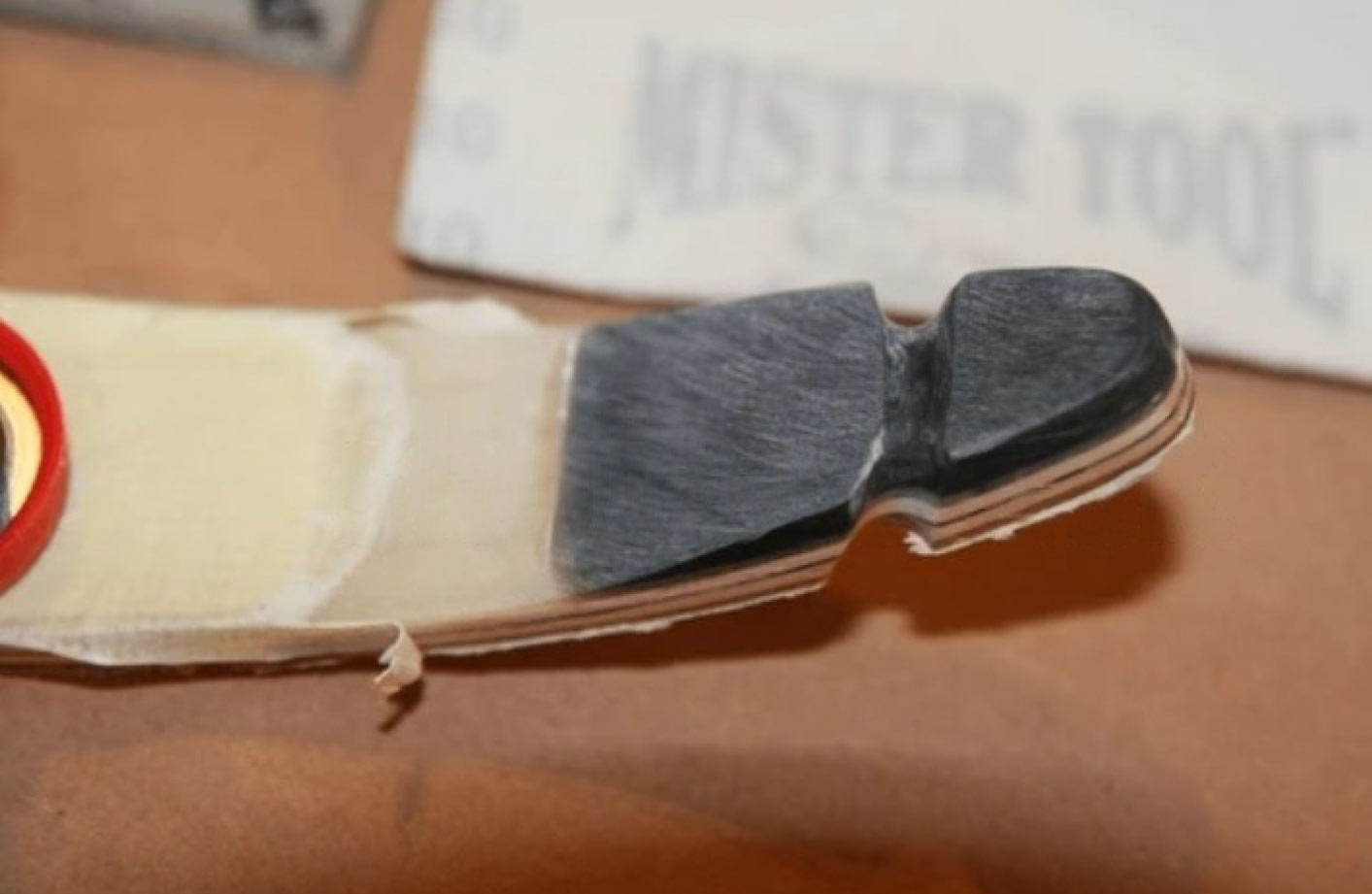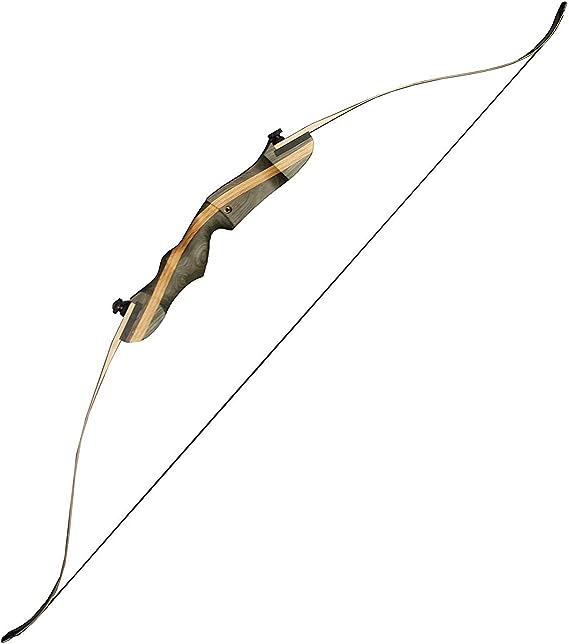Hunting with a recurve bow is a thrilling and challenging endeavor that connects us to our primal instincts. The elegance and simplicity of a recurve bow add a unique element to the hunting experience.
In this comprehensive guide, we will explore the world of recurve bow hunting, discussing legal considerations, suitable game animals, techniques, tips, and ethical practices to help you embark on your recurve bow hunting journey.
Choosing the Right Recurve Bow for Hunting
Selecting the best recurve bow is crucial for a successful hunting trip. Draw weight is an important factor to consider, as it determines the power and penetration of your arrows.
Other factors include the length and weight of the bow, material composition, and your personal shooting style and skill level. Researching reputable recurve bow brands and models can help you find the perfect fit for your hunting needs.
Small Game Hunting
When it comes to small game hunting, using a recurve bow with carefully selected arrows allows hunters to accurately pursue targets such as squirrels, rabbits, and birds.
The lightweight design of the equipment provides ease of maneuverability in different terrains while ensuring precise shots for successful hunts.
Squirrels

Chipmunks, ground squirrels, and flying squirrels are common targets for hunters using archery equipment such as recurve bows. These agile creatures require accuracy and precision to be successfully hunted.
With the right technique and properly tuned arrows, hunters can accurately take down these small game animals with a recurve bow.
Rabbits
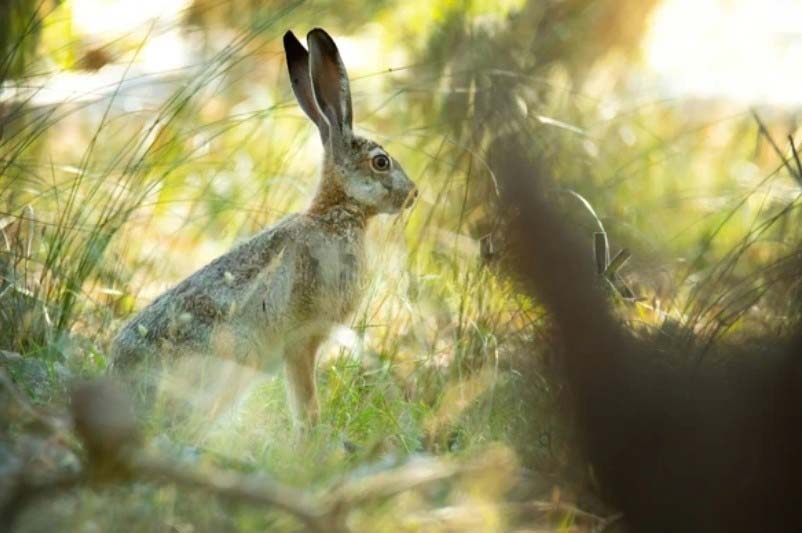

Cottontail rabbits and jackrabbits are popular targets for hunters using a recurve bow. With its accurate aim and precision, the recurve bow is an excellent choice for hunting small game like rabbits.
When equipped with the right arrows and archery equipment, hunters can accurately take down these agile creatures from a distance.
Whether you’re targeting cottontails in wooded areas or chasing jackrabbits across open fields, a recurve bow provides the power and accuracy needed for a successful hunt.
Birds
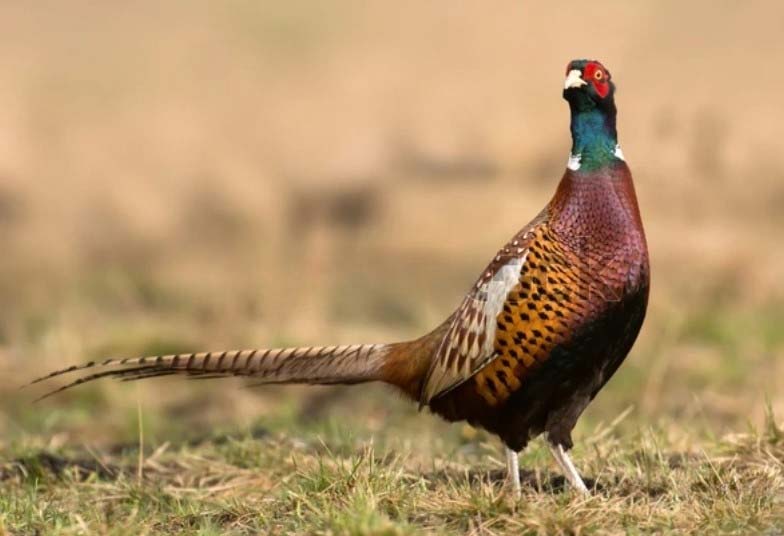

Doves, quails, and pheasants are popular birds that can be hunted with a recurve bow. These birds require accuracy and precision while using archery equipment such as arrows. Hunting these avian species provides a challenging experience for hunting enthusiasts.
- Doves
- Quails
- Pheasants
Medium Game Hunting
Deer, hogs, and antelope are all viable game options when using a recurve bow. The versatility of this traditional weapon allows hunters to pursue medium-sized animals with precision and skill.
Whether stalking deer in the forest, tracking hogs in the brush, or pursuing antelope across open plains, the recurve bow provides a challenging yet rewarding hunting experience. Its simplicity and reliability make it an ideal choice for those seeking an authentic connection to nature while honing their hunting skills.
Deer


White-tailed deer, mule deer, and blacktail deer are three popular species that can be hunted with a recurve bow. White-tailed deer are known for their speed and agility, making them a challenging target.
Mule deer inhabit the western regions of North America and have large ears resembling mules, hence their name.
Blacktail deer are found in the Pacific Northwest and possess remarkable adaptability to different habitats. These three types of deer offer unique hunting experiences for recurve bow enthusiasts seeking a thrilling challenge in the wild.
Hogs
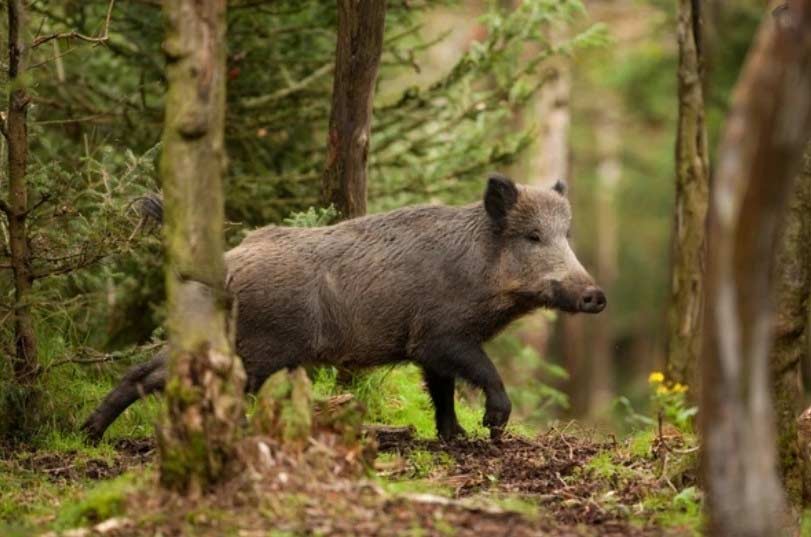

Wild boar, feral hogs, and Russian boars are popular game animals that can be hunted with a recurve bow. These three types of hogs have distinct characteristics and hunting methods:
- Wild boar: Known for their aggressive nature, wild boars are challenging to hunt. They possess sharp tusks and can reach impressive sizes. Hunting them requires stealth and strategic planning.
- Feral hogs: Feral hogs are domesticated pigs that have returned to the wild. They can cause significant damage to crops and ecosystems, making them a prime target for hunters seeking control measures.
- Russian boars: Originally from Russia, these large-bodied animals offer an exciting hunting experience due to their strength and resilience.
When using a recurve bow for hog hunting, it’s essential to practice accuracy and aim for vital organs like the heart or lungs. Additionally, selecting the appropriate broadhead arrows is crucial for ensuring clean kills in this challenging pursuit.
Antelope


Pronghorn antelope, also known as American antelope, are found in the grasslands and deserts of North America.
They are known for their incredible speed and agility, making them a challenging target for hunters. Here are some key facts about hunting pronghorn antelope with a recurve bow:
- Pronghorn antelope can reach speeds of up to 55 miles per hour.
- Hunting pronghorn requires patience and stealth due to their keen eyesight.
- The effective range for shooting with a recurve bow is typically around 30 yards.
- A well-placed shot behind the shoulder is crucial for an ethical kill.
- It’s important to be aware of state-specific regulations and obtain the necessary permits before hunting pronghorn.
With careful preparation and skillful execution, hunting pronghorn antelope with a recurve bow can provide an exhilarating challenge for any avid hunter.
Big Game Hunting
Elk, moose, and bear are just a few examples of the impressive game that can be hunted with a recurve bow. These powerful bows allow hunters to get up close and personal with their prey, testing their skill and accuracy in the wild.
With proper technique and practice, hunting these majestic creatures becomes an exhilarating challenge that only adds to the thrill of the hunt.
So if you’re looking for a unique hunting experience that requires precision and finesse, consider taking on elk, moose, or bear with your trusty recurve bow.
Elk


Elk, deer, antelope, and caribou are popular targets for hunting with a recurve bow. These majestic creatures require skill and precision to take down.
With the right technique and equipment, hunters can experience the thrill of pursuing these magnificent animals in their natural habitats.
Any other weapon cannot compare to the challenge and reward of hunting with a recurve bow, whether it be stalking a elusive elk or following a swift antelope.
Moose
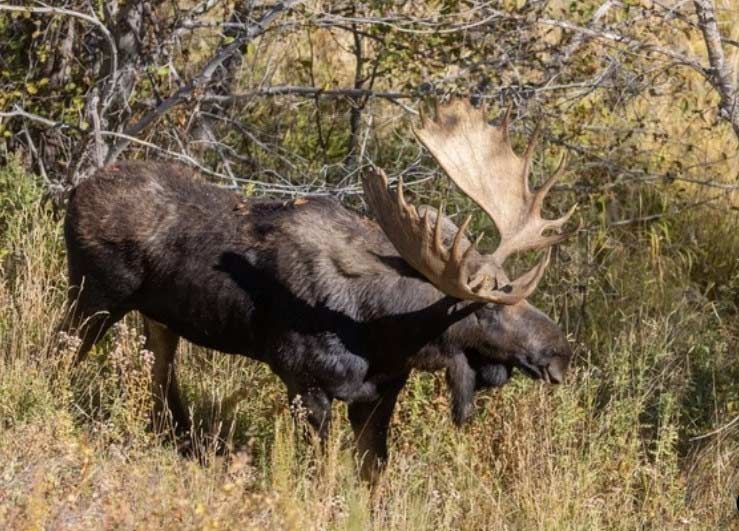

Moose are large, majestic creatures that roam the forests of North America. With their massive antlers and imposing size, they make a challenging and rewarding target for hunters equipped with a recurve bow.
While hunting moose requires skill and precision, it is an exhilarating experience that tests both physical ability and mental focus.
While on your quest to hunt moose with a recurve bow, you may encounter other formidable predators such as black bears, wolves, and mountain lions. These animals share the same habitat as moose and can pose additional challenges during your hunting expedition.
It’s important to be prepared for these encounters by equipping yourself with appropriate safety measures while remaining focused on your main objective—hunting the elusive moose.
Bear
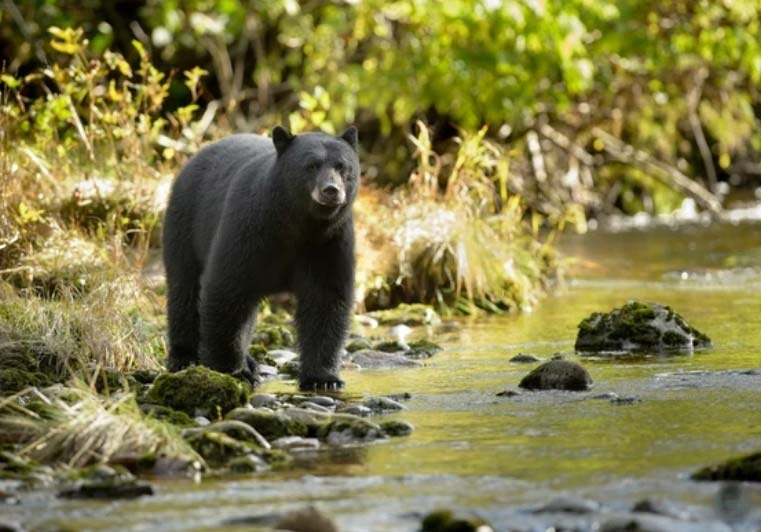

Wild boar, turkey, and coyote are three common targets for hunters using a recurve bow. These animals provide exciting hunting opportunities and require precision and skill to successfully harvest.
Whether you’re after the challenge of tracking down a wild boar in dense brush, calling in a wary turkey with expert decoy placement, or outsmarting a cunning coyote in open country, hunting with a recurve bow offers an immersive experience that tests both your patience and marksmanship abilities.
With the right equipment and technique, these species can be pursued effectively with this traditional weapon choice.
Techniques and Strategies for Hunting with a Recurve Bow
To increase your chances of a successful hunt, it’s crucial to master various techniques and strategies. These include stalking and stealth, setting up tree stands and ground blinds, tracking and scouting game animals, understanding shot placement, and considering essential hunting accessories such as broadheads, rangefinders, and camouflage gear.
Preparing for a Recurve Bow Hunting Trip
Physical fitness and conditioning are essential for navigating the rugged terrain and enduring long hours in the field. Researching the hunting area, packing the necessary equipment, and considering safety precautions are crucial steps in preparing for a recurve bow hunting trip.
Remember to bring survival essentials, dress appropriately for the weather, and inform others about your itinerary.
Tips for Successful Hunting with a Recurve Bow
Hunting with a recurve bow requires practice, patience, and perseverance. Regular archery practice helps improve accuracy and shot consistency.
Studying animal behavior, learning from experienced recurve bow hunters, and reflecting on each hunting experience can significantly enhance your skills and knowledge. Embrace the challenges, stay persistent, and celebrate every learning opportunity.
Ethical Hunting Practices
As hunters, it is our responsibility to prioritize ethical hunting practices. Respecting wildlife and contributing to conservation efforts are fundamental principles. Ensure that you have a clear understanding of local hunting regulations, including bag limits and restrictions on hunting certain species.
When successfully harvesting game, practice proper field dressing techniques to ensure the meat is utilized efficiently and minimize waste.
What range is necessary for effective recurve bow hunting?
An effective range for hunting with a recurve bow typically falls between 20 and 30 yards. This ensures fast, accurate shots and a humane kill.
Factors affecting the range include the hunting environment, target size, and the hunter’s expertise. Prioritize safety, ethical practices, and regular practice to improve accuracy and proficiency with the bow.
The effective range may vary, but 20 to 30 yards should suffice for most hunting scenarios.
What practice and skills are needed for successful recurve bow hunting?
To excel in recurve bow hunting, focus on physical fitness, technical skills, and understanding the hunting environment.
Build stamina and strength for drawing and holding the bow, and practice archery techniques for accuracy and precision.
Familiarize yourself with the local wildlife habits and terrain to increase your chances of success. Patience and consistent practice are keys to mastering this challenging and rewarding skill.
What are the advantages and disadvantages of hunting with a recurve bow?
Hunting with a recurve bow is a popular and challenging activity for many people. While it has its advantages, it also comes with disadvantages that should be considered before making the decision to use this type of bow for hunting.
Advantages of Hunting with a Recurve Bow:
Traditional Experience
Hunting with a recurve bow offers a traditional experience that many hunters find rewarding. Recurve bows have been used for hunting for thousands of years, and many hunters enjoy the challenge of using this ancient weapon.
Lightweight and portable
Recurve bows are lightweight and easy to carry, making them a great choice for hunters who need to travel through rough terrain to reach their hunting spot.
Increased Skill
Hunting with a recurve bow requires more skill and precision than using a modern compound bow. This can be a rewarding experience for hunters who enjoy the challenge of improving their skills.
Disadvantages of Hunting with a Recurve Bow
1. Lower Accuracy and Range: Recurve bows have a shorter effective range than modern compound bows. They also require more skill and practice to use effectively, which can lead to lower accuracy in inexperienced users.
2. Less Power: Recurve bows have less power than modern compound bows, which means they may not be suitable for hunting larger game or in situations where a longer-range shot is required.
3. Risk of Injury: Recurve bows require more physical strength to use, and hunters who are not properly trained or conditioned may be at risk of injury from the bowstring or from overexertion.
Avoid These Common Mistakes When Hunting with a Recurve bow
- Inadequate Draw Weight: Choosing a recurve bow with a draw weight that is too low for hunting purposes results in insufficient power to effectively take down game animals.
- Improper Brace Height: Opting for a recurve bow with a low brace height makes it less forgiving and more prone to inaccurate shots during hunting.
- Using the Wrong Arrows: Using arrows that are not designed specifically for hunting can lead to poor performance and less effective shots.
- Lack of Practice: Not dedicating enough time to practice shooting with the recurve bow regularly leads to decreased shooting accuracy and proficiency during hunting.
- Poor Shot Placement: Failing to aim accurately and hit vital organs, resulting in longer tracking times and potentially inhumane kills.
- Neglecting Maintenance: Ignoring regular maintenance of the recurve bow, such as string care and checking for damage, can lead to performance issues during crucial hunting moments.
- Inadequate Knowledge of Game Behavior: Not understanding the behavior and habits of the game being hunted, which can impact positioning and shot opportunities,
- Neglecting Safety Precautions: Overlooking safety measures such as finger protection, proper shooting form, and tree stand safety can lead to accidents during hunting.
Remember, to have a successful hunting experience with a recurve bow, it’s important to avoid these common mistakes and continuously improve your skills through practice and proper equipment selection.
Conclusion
Hunting with a recurve bow offers a unique and rewarding experience for those seeking a closer connection to nature and a deeper understanding of their primal instincts.
By understanding the legal considerations, choosing the right recurve bow, targeting suitable game animals, mastering hunting techniques, and embracing ethical practices, you can embark on a fulfilling and responsible recurve bow hunting journey.
Frequently Asked Question
Do I need a special license or permit to hunt with a recurve bow?
Yes, hunting with a recurve bow typically requires a hunting license and permit, similar to other forms of hunting.
How powerful does my recurve bow need to be for hunting?
The necessary draw weight for hunting with a recurve bow varies based on the game you’re targeting but generally ranges from 25 to 50 pounds or more.
Can I hunt with a recurve bow during archery season?
Yes, recurve bows are typically allowed during archery seasons, which often precede firearms seasons. Check local regulations for specific details.
Can beginners use a recurve bow for hunting?
Yes, beginners can use a recurve bow for hunting, but it’s essential to practice and master shooting techniques before attempting to hunt live game.
Is a recurve bow suitable for big game hunting?
While not the first choice for big game hunting, experienced archers can successfully hunt larger animals like deer, elk, and wild boar with a recurve bow.
What kind of arrows should I use with my recurve bow?
Choose arrows made from materials like carbon, aluminum, or wood that are compatible with your bow’s draw weight and intended hunting purpose.
What safety precautions should I take when hunting with a recurve bow?
Always follow ethical hunting practices, be aware of your surroundings, and ensure you have a clear line of sight to your target.


